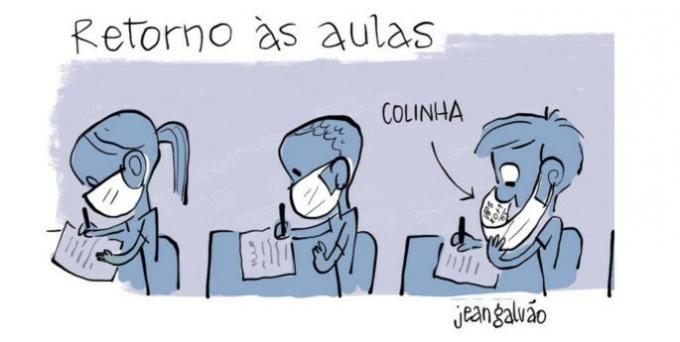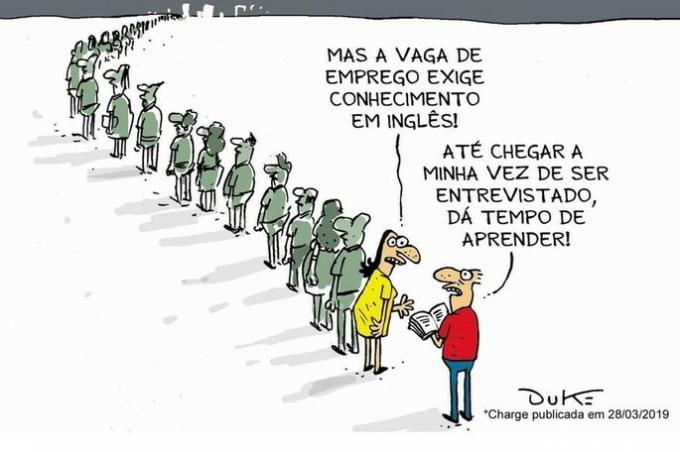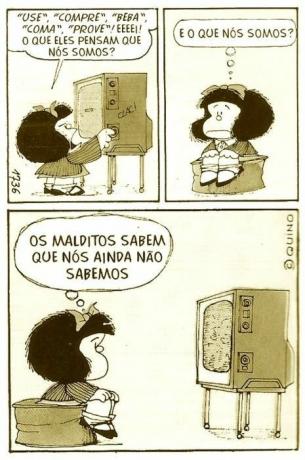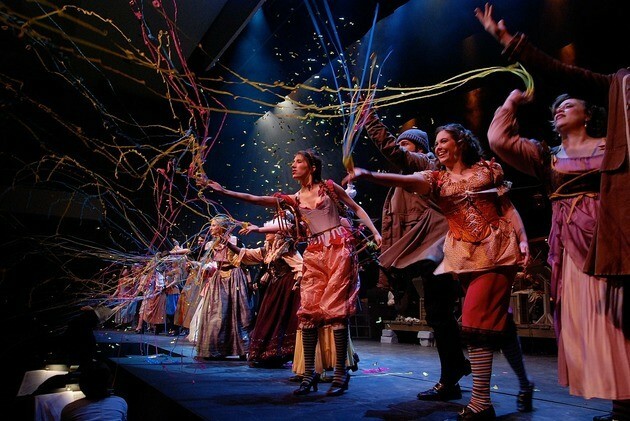The cartoon has as a central feature the use of real characters to expose an exaggerated criticism as a way of alerting to a current, everyday problem. For its understanding, it is necessary to contextualize the recent facts, usually present in the news. The cartoon is timeless, the issues addressed are more centered on a social critique in which the reader is inserted.
Both are textual genres of journalism, using graphic elements of verbal and non-verbal communication. In general, they are composed only of a box in which the editorial position of the communication vehicle is exposed.
| Cartoon | Khartoum | |
|---|---|---|
| Definition | Criticism of recent events involving public figures. | Satires to social issues, in a timeless and universal way. |
| Characteristics |
|
|
| Examples |
|
|
Both are journalistic genres that use non-verbal and non-verbal language associated with humor.
What is charge?
Charge is a journalistic genre centered on current issues, which reflects the editorial position of the newspaper or communication vehicle.
The name charge comes from the French charger, which means "to charge", "exaggerate" or "attack". This "attack" is punctual, related to a specific event, which is why the cartoons are dated, their meaning can be lost over time.
In it, an image is used as a visual representation of recent facts, usually contextualized by one or more news items inside the vehicle. Commonly, personalities and public figures are used, their behaviors are exaggerated or stylized to carry out a critique.
Charge examples


What is cartoon?
Cartoon is a journalistic genre that uses humor to raise questions about society. Like cartoons, cartoons can combine verbal and non-verbal language to make the reader reflect on everyday life.
The name cartoon comes from the English cartoon, which means card. This card aims to carry out a quick critique through an image that can be representative for the reader and lead him to reflection.
The difference between the two genres lies in the timelessness present in the cartoon. Thus, its contextualization takes place through the reader's own experience in relation to the common behaviors of people and social groups. The characters present in this genre refer to the community, and not to a specific personality or public figure.
examples of cartoon


See too:
- Text types
- Genres and text types
- Speech, language and language



